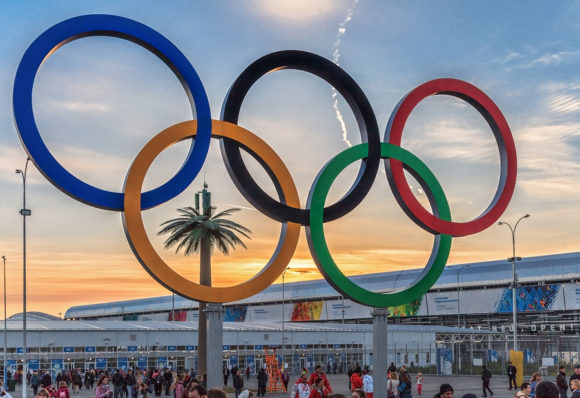An advocacy group has published a first-of-its-kind comprehensive list of coaches banned from Olympic sports, creating a database of nearly 1,000 people no longer allowed to work in the U.S. Olympic system because of sex-abuse allegations, doping positives and other criminal activities involving minors.
The staff at greatcoach.com compiled the list using information from the U.S. Center for SafeSport, the U.S. Anti-Doping Agency and the more than 50 national governing bodies that oversee individual sports, most of which feed into the U.S. Olympic team.
The website, designed by former pro moguls skier Bill Kerig, was originally started to help families find certified coaches who are best qualified to work with their kids.
The SafeSport center and U.S. Olympic Committee have struggled to publish this sort of comprehensive list, even as the fallout from the Larry Nassar sex-abuse scandal has left both organizations vulnerable to lawsuits over allegations they didn’t do enough to protect athletes under their purview.
For years, the USOC let the NGBs operate under their own rules about who landed on the lists and whether those lists were made public, and those rules varied widely between organizations.
In 2017, the SafeSport center opened and began publishing a list of banned coaches, but that list was restricted to those who had been banned since the center’s opening. More recently, the center has begun incorporating backdated lists from the NGBs.
“As you might imagine, there are a lot of legal issues related to putting people’s names out there” on a banned list, said Dan Hill, the spokesman for the SafeSport center.
Kerig said his group was in a different position than the SafeSport center and USOC, which allowed it to curate information already available and format it in a user-friendly way.
“We’re a nimble, private enterprise, and we don’t exist to serve multiple masters,” Kerig said. “We exist because I want to make youth and amateur sports better and safer. I don’t have sponsors. And we have really good technology.”
Because of legal and logistical concerns, the SafeSport website provides a searchable database: A user must type in the exact name of a coach to see if that coach is banned. The Great Coach website starts with its list that, as of Tuesday, stood at 986 names, all of which can then be sorted by sport, by state and by specific names. Kerig said his website’s list, which contains some names the SafeSport site does not, is still a work in progress, and is only as good as the various lists used to compile it.
When Kerig launched the website late last year, it was not his plan to incorporate a banned list. He still wants the site to become a place for coaches and parents to interact _ so parents can learn more about the adults they’re leaving their children with, and coaches can share their experiences with each other and with parents.
Kerig, who founded and eventually sold the website rallyme.com and also coaches youth hockey in Utah, said he was shocked that almost every parent he talked to at the practice rink said they had not taken the relatively simple step of conducting an online search about their children’s coaches.
“I even said to the parents of the kids I coach, `Have you Googled me? I think I’m having an impact on your kid’s life,”’ Kerig said. “You should know as much as you can about me, or any coach you’re going to drop your kid off with for 10 to 20 hours a week.”
As Kerig got the website up and running, he realized there was a gap as far as the banned-coaches list was concerned. He said he doesn’t consider himself in competition with the USOC or the SafeSport center.
“We’re just trying to make it easier for parents to access information about the people coaching their kids, both good and bad information,” he said.
Was this article valuable?
Here are more articles you may enjoy.


 Amazon Ignored Its Own Worker Safety Studies, Senate Report Says
Amazon Ignored Its Own Worker Safety Studies, Senate Report Says  Google Contract Staff Reach Union Deal Banning Keystroke Monitoring
Google Contract Staff Reach Union Deal Banning Keystroke Monitoring  Baltic Sea Countries to Check Insurance on Tankers Moving Russian Oil
Baltic Sea Countries to Check Insurance on Tankers Moving Russian Oil  Cargo Theft Surges as Holiday Season Approaches, Verisk Says
Cargo Theft Surges as Holiday Season Approaches, Verisk Says 